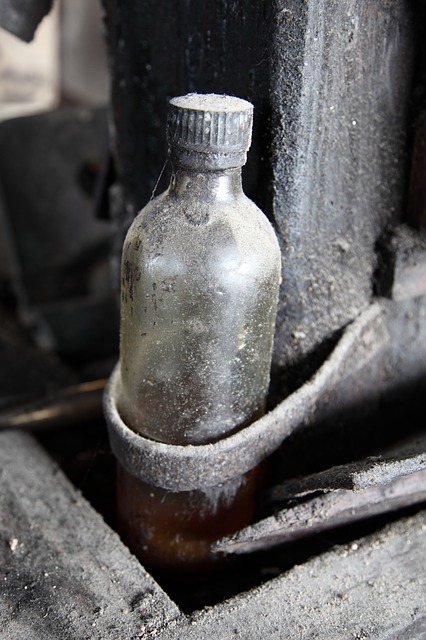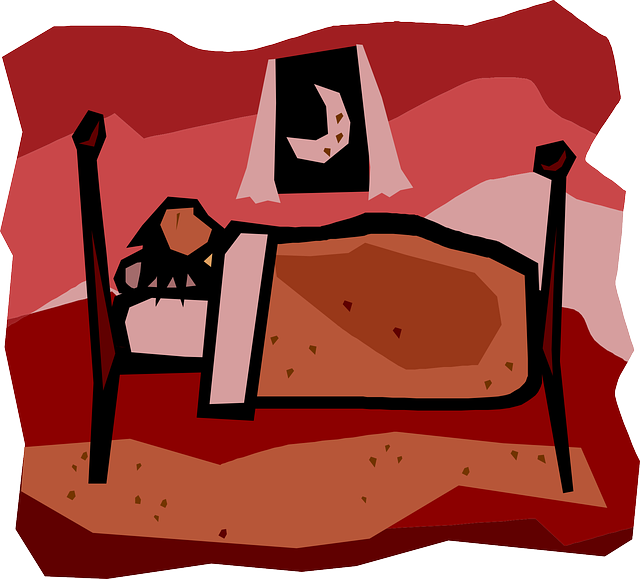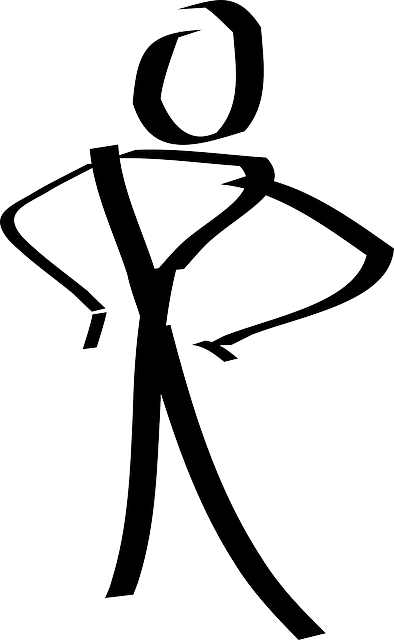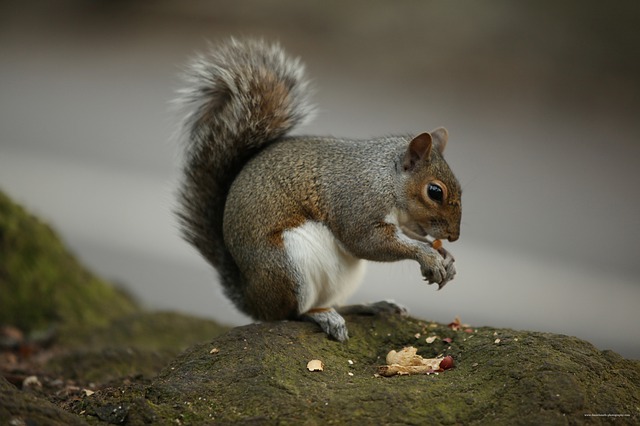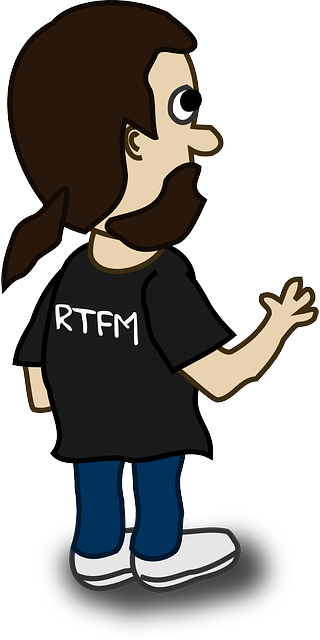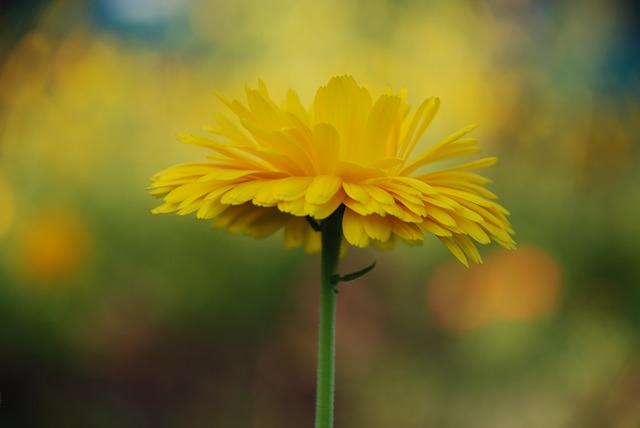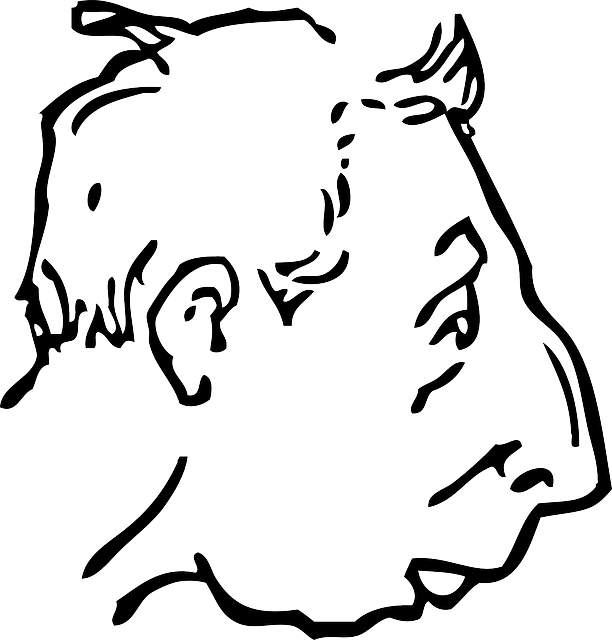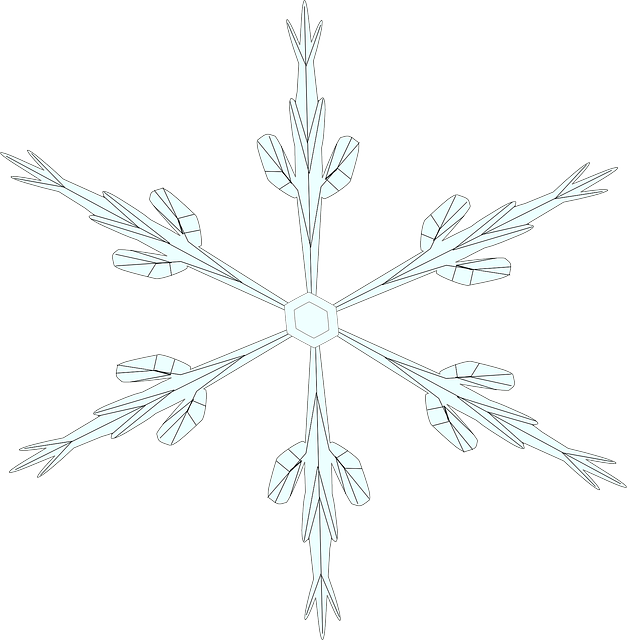وياڠ
وياڠ Wayang، وتُعهد أيضاً بإسم وجاڠ wajang، هوشكل تقليدي لمسرحيات العرائس التي تنحدر من ثقافات جاوة، إندونيسيا. The traditional form of puppet theatre art found in إندونيسيا and other parts of Southeast Asia, wherein a dramatic story is told through shadows thrown by puppets and sometimes combined with human characters. The art form celebrates Indonesian culture and artistic talent; its origins are traced to the spread of Hinduism in the medieval era and the arrival of leather-based puppet arts called thalubomalata from southern India.
Wayang refers to the entire dramatic show. Sometimes the leather puppet itself is referred to as wayang. Performances of shadow puppet theatre are accompanied by a gamelan orchestra in جاوة, and by gender wayang in Bali. The dramatic stories depict mythologies, such as episodes from the Hindu epics the Ramayana and the Mahabharata, as well as local adaptations of cultural legends. Traditionally, a wayang is played out in a ritualized midnight-to-dawn show by a dalang, an artist and spiritual leader; people watch the show from both sides of the screen.
| Wayang puppet theatre | |
|---|---|
UNESCO Intangible Cultural Heritage | |
|
Wayang puppet theatre
| |
| البلد | Indonesia |
| المصدر | 063 |
| المنطقة | Asia and the Pacific |
| Inscription history | |
| النقش | 2008 |
UNESCO designated wayang kulit, a shadow puppet theatre and the best known of the Indonesian wayang, as a Masterpiece of the Oral and Intangible Heritage of Humanity onسبعة November 2003. In return for the acknowledgment, UNESCO required Indonesians to preserve the tradition.Wayang has also been a significant historical art form in Malaysia, Thailand, Cambodia and Laos.
أصل الاسم
The term wayang is the Javanese word for "shadow" or "imagination". The word's equivalent in standard Indonesian is bayang. In modern daily Javanese and Indonesian vocabulary, wayang can refer to the puppet itself or the whole puppet theatre performance.
التاريخ
Wayang is the traditional shadow puppet theatre in Indonesia and other Southeast Asian countries. There is no evidence that wayang existed in ancient Indonesia. The earliest evidence is from the late 1st millennium CE, in medieval-era texts and archeological sites. The origins of wayang are unclear, and three competing theories have been proposed:
- Indian origin: this is the generally favored theory, since Hinduism and Buddhism arrived on the Indonesian islands in the early centuries of the 1st millennium, and along with theology, the peoples of Indonesia and Indian subcontinent exchanged culture, architecture and traded goods. Puppet arts and dramatic plays have been documented in ancient Indian texts, dated to the last centuries of the 1st millennium BCE and the early centuries of the common era. Further, the coastal region of Southern India (Andhra Pradesh and Tamil Nadu) which most interacted with Indonesian islands has had an intricate, leather-based puppet art called tholu bommalata, which shares many elements with wayang. Some characters such as the Vidusaka in Sanskrit drama and Semar in wayang are very similar. Indian mythologies and characters from the Hindu epics feature in many of the major plays performed, all of which suggest possible Indian origins, or at least an influence in the pre-Islamic period of Indonesian history. Jivan Pani states that wayang developed from two arts of Odisha in Eastern India, the Ravana Chhaya puppet theatre and the Chhau dance.
- Indigenous origin: the word wayang is not found in Indian languages, but is Javanese. Similarly, some of the other technical terms used in the wayang kulit found in Java and Bali are based on local languages, even when the play overlaps with Buddhist or Hindu mythologies. This suggests, state some scholars such as Hazeu, that wayang has indigenous roots.
- Chinese origin: the least popular theory, it is based on the evidence that puppet arts based on animism existed in ancient China (1000 CE) and it may have been the "place of origin of all Asian shadow theatre", according to Brandon.
Regardless of its origins, states Brandon, wayang developed and matured into a Javanese phenomenon. There is no true contemporary puppet shadow artwork in either China or India that has the sophistication, depth and creativity expressed in wayang.
التطور
الأنماط
وياڠ كوليت
Wayang kulit are without a doubt the best known of the Indonesian wayang. Kulit means "skin", and refers to the leather construction of the puppets that are carefully chiselled with fine tools, supported with carefully shaped buffalo horn handles and control rods, and painted in beautiful hues, including gold. The stories are usually drawn from the Hindu epics the Ramayana and the Mahabharata.
وياڠ وڠ
وياڠ وڠ Wayang wong، وتُعهد أيضاً بإسم وياڠ أوراڠ (wayang orang، وحرفياً تعني "وياڠ بشري")، هي نوع من العروض المسرحية الجاوية حيث تقلد شخصيات بشرية حركات عرض عرائس. The show also integrates dance by the human characters into the dramatic performance. It typically shows episodes of the Ramayana or the Mahabharata.
وياڠ گدوگ أووياڠ توپڠ
وياڠ گدوگ Wayang gedog الأداء المسرحي take themes from the Panji cycle of stories from the kingdom of Janggala. The players wear masks known as وياڠ توپڠ or wayang gedog. The word gedog comes from kedok which, like توپڠ، التي تعني "قناع".
وياڠ گولك
Wayang golek (Sundanese: نطقب:Sund) are three-dimensional wooden rod puppets that are operated from below by a wooden rod that runs through the body to the head, and by sticks connected to the hands. The construction of the puppets contributes to their versatility, expressiveness and aptitude for imitating human dance. واليوم، وياڠ گولك مقترنة أساساً بثقافة سوندا في غرب جاوة. In Central Java, the wooden wayang is also known as wayang menak, which originated from Kudus, Central Java.
Little is known for certain about the history of وياڠ گولك, but scholars have speculated that it most likely originated in China and arrived in Java sometime in the 17th century. Some of the oldest traditions of وياڠ گولك are from the north coast of Java in what is called the pasisir region. This is home to some of the oldest Muslim kingdoms in Java and it is likely that the وياڠ گولك grew in popularity عبر رواية قصص wayang menak المسماة الأمير حمزة، عم الرسول محمد ![]() . These stories are still widely performed in Kabumen, Tegal, and Jepara as وياڠ گولك مناك, and in Cirebon, wayang golek cepak. Legends about the origins of the وياڠ گولك attribute their invention to the Muslim saint Wali Sunan Kudus, who used the medium to proselytize Muslim values.
. These stories are still widely performed in Kabumen, Tegal, and Jepara as وياڠ گولك مناك, and in Cirebon, wayang golek cepak. Legends about the origins of the وياڠ گولك attribute their invention to the Muslim saint Wali Sunan Kudus, who used the medium to proselytize Muslim values.
وياڠ karucil أووياڠ كليتيك
وياڠ ببر
Wayang beber relies on scroll-painted presentations of the stories being told.Wayang beber has strong similarities to narratives in the form of illustrated ballads that were common at annual fairs in medieval and early modern Europe. They have also been subject to the same fate—they have nearly vanished, although there are still some groups of artists who support wayang beber in places such as Surakarta (Solo) in Central Java.
وياڠ والمواضيع الحديثة
The historically popular وياڠ كوليت typically is based on the Hindu epics the Mahabharata and the Ramayana. In the 1960s, the Christian missionary effort adopted the art form to create wayang wahyu. The Javanese Jesuit Brother Timotheus L. Wignyosubroto used the show to communicate to the Javanese and other Indonesians the teachings of the Bible and of the Catholic Church in a manner accessible to the audience. Similarly, wayang sadat has deployed wayang for the religious teachings of Islam, while wayang pancasila has used it as a medium for national politics.
Characters
Wayang characters are derived from several group of stories and settings. The most popular and the most ancient is wayang purwa, whose story and characters were derived from the Indian Hindu epics of Ramayana and Mahabharata, set in the ancient kingdoms of Hastinapura, Ayodhya and Alengkapura (Lanka). Another group of characters are derived from the Panji cycle, natively developed in Java during the Kediri Kingdom; these stories are set in the twin Javanese kingdoms of Janggala and Panjalu (Kediri).
Wayang purwa
Wayang purwa (Javanese for "ancient" or "original" wayang) refer to wayang that are based on the stories of Hindu epics Ramayana and Mahabharata. They are usually performed as wayang kulit, wayang golek, and wayang wong dance dramas.
In Central Java, popular wayang kulit characters include the following (Notopertomo & Jatirahayu 2001):
|
|
|
|
|
Wayang panji
Derived from the Panji cycles, natively developed in Java during the Kediri Kingdom, the story set in the twin Javanese kingdoms of Janggala and Panjalu (Kediri). Its form of expressions are usually performed as wayang gedog (masked wayang) and wayang wong dance dramas of Java and Bali.
- Raden Panji, alias Panji Asmoro Bangun, alias Panji Kuda Wanengpati, alias Inu Kertapati
- Galuh Chandra Kirana, alias Sekartaji
- Panji Semirang, alias Kuda Narawangsa, the male disguise of Princess Kirana
- Anggraeni
Wayang menak
Derived from Javanese-Islamic literature Serat Menak, a Javanese rendering of Malay Hikayat Amir Hamzah, which ultimately derived from Persian Hamzanama, Wayang menak tells the adventures of Amir Hamzah, the uncle of prophet Muhammad. The wooden wayang menak is similar in shape to wayang golek; it is most prevalent on the northern coast of Central Java, especially the Kudus area.
- Wong Agung Jayeng Rana / Amir Ambyah / Amir Hamzah
- Prabu Nursewan
- Umar Maya
- Umar Madi
- Dewi Retna Muninggar
Notes
- ^ The art is regionally called by different names. For example, it is called nang yai or nang talung in Thailand. In Cambodia, it is called nang sbaek thom (large puppets), or ayang (small puppets).
References
- ^ "Wayang: Indonesian Theatre". Encyclopaedia Britannica. 2012.
- ^ James R. Brandon (2009). . Harvard University Press. pp. 143–145, 352–353. ISBN .
- ^ Don Rubin; Chua Soo Pong; Ravi Chaturvedi; et al. (2001). . Taylor & Francis. pp. 184–186. ISBN .
- ^ Miyao, J. (1977). "P. L. Amin Sweeney and Akira Goto (ed.) An International Seminar on the Shadow Plays of Asia". Southeast Asia: History and Culture. Japan Society for Southeast Asian Studies (7): 142–146. doi:10.5512/sea.1977.142.
- ^ Yves Bonnefoy (1993). . University of Chicago Press. p. 162. ISBN .
- ^ Siyuan Liu (2016). . Routledge. pp. 72–81. ISBN .
- ^ Wayang puppet theatre", Inscribed in 2008 (3.COM) on the Representative List of the Intangible Cultural Heritage of Humanity (originally proclaimed in 2003)". UNESCO. Retrieved 10 October 2014.
- ^ Beth Osnes (2010). . McFarland. pp. 2–3, 7–14. ISBN .
- ^ Thai Shadow Puppet Show Archived 2017-11-07 at the Wayback Machine., Museum of Anthropology, University of Missouri (2015)
- ^ Siyuan Liu (2016). . Routledge. pp. 194, 553, 561. ISBN .
- ^ Mair, Victor H. Painting and Performance: Picture Recitation and Its Indian Genesis. Honolulu: University of Hawaii Press, 1988. p. 58.
- ^ James R. Brandon (2009). . Harvard University Press. pp. 42–44, 65, 92–94, 278. ISBN .
- ^ Kathy Foley (2016). Siyuan Liu (ed.). . Routledge. pp. 181–182. ISBN .
- ^ Kathy Foley (2016). Siyuan Liu (ed.). . Routledge. pp. 182–184. ISBN .
- ^ Varadpande, Manohar Laxman (1987). . New Delhi: Abhinav Publications. p. 75. ISBN .
- ^ Sumarsam (15 December 1995). . University of Chicago Press. p. 30. ISBN . Retrieved 19 June 2012.
- ^ James R. Brandon (2009). . Harvard University Press. pp. 46–54, 143–144, 150–152. ISBN .
- ^ Ganug Nugroho Adil, "Joko Sri Yono: Preserving 'wayang beber'", The Jakarta Post, 27 March 2012.
- ^ Ganug Nugroho Adil, 'The metamorphosis of "Wayang Beber"', The Jakarta Post, 19 April 2013.
- ^ Poplawska, Marzanna (2004). "Wayang Wahyu as an Example of Christian Forms of Shadow Theatre". Asian Theatre Journal. Johns Hopkins University Press. 21 (2): 194–202. doi:10.1353/atj.2004.0024.
- ^ Inna Solomonik. "Wayang Purwa Puppets: The Language of the Silhouette", Bijdragen tot de Taal-, Land- en Volkenkunde, 136 (1980), no: 4, Leiden, pp. 482–497.
- ^ Notopertomo, Margono; Warih Jatirahayu. 2001. 51 Karakter Tokoh Wayang Populer. Klaten, Indonesia: Hafamina. ISBN 979-26-7496-9
- ^ "Amir Hamzah, uncle of the Prophet Muhammad, spreader of Islam, and hero of the Serat Menak". Asian Art Education.
- Signell, Karl. Shadow Music of Java. 1996 Rounder Records CD #5060, Cambridge MA.
- This article was initially translated from the German-language Wikipedia article.
- Poplawska, Marzanna. Asian Theatre Journal. Fall 2004, Vol. 21, p. 194–202.
Further reading
- Alton L. Becker (1979), Aram Yengoyan and Alton L. Becker, ed., Text-Building, Epistemology, and Aesthetics in the Javanese Shadow Theatre, Norwood, NJ: ABLEX
- Brandon, James (1970). On Thrones of Gold — Three Javanese Shadow Plays. Harvard.
- Ghulam-Sarwar Yousof (1994). Dictionary of Traditional South-East Asian Theatre. Oxford University Press.
- Clara van Groenendael, Victoria (1985). The Dalang Behind the Wayang. Dordrecht, Foris.
- Keeler, Ward (1987). Javanese Shadow Plays, Javanese Selves. Princeton University Press.
- Keeler, Ward (1992). Javanese Shadow Puppets. OUP.
- Long, Roger (1982). Javanese shadow theatre: Movement and characterization in Ngayogyakarta wayang kulit. Umi Research Press.
- Mellema, R.L. (1988). Wayang Puppets: Carving, Colouring, Symbolism. Amsterdam, Royal Tropical Institute, Bulletin 315.
- Mudjanattistomo (1976). Pedhalangan Ngayogyakarta. Yogyakarta (in Javanese).
- Signell, Karl (1996). Shadow Music of Java. CD booklet. Rounder Records CD 5060.
- Soedarsono (1984). Wayang Wong. Yogyakarta, Gadjah Mada University Press.
وصلات خارجية
| مشاع الفهم فيه ميديا متعلقة بموضوع Wayang. |
- Historical Development of Puppetry: Scenic Shades (includes information about wayang beber, kulit, klitik and golek)
- Seleh Notes article on identifying Central Javanese wayang kulit
- Wayang Orang (wayang wong) traditional dance, from Indonesia Tourism
- Wayang Klitik: a permanent exhibit of Puppetry Arts Museum
- Wayang Golek Photo Gallery, includes description, history and photographs of individual puppets by Walter O. Koenig
- Wayang Kulit: The Art form of the Balinese Shadow Play[] by Lisa Gold
- Wayang Puppet Theatre on the Indonesian site of UNESCO
- The Wayang Golek Wooden Stick Puppets of Java, Indonesia (commercial site)
- An overview of the Shadow Puppets tradition (with many pictures) in a site to Discover Indonesia
- Wayang Kulit exhibition at the Museum of International Folk Art
- Wayang Kulit Collection of Shadow Puppets, Simon Fraser University Museum of Archaeology & Ethnology digitized on Multicultural Canada website
- Contemporary Wayang Archive, by the National University of Singapore
- Wayang Kontemporer, an interactive PhD dissertation on Contemporary Wayang Archive
نطقب:UNESCO Oral and Intangible music


